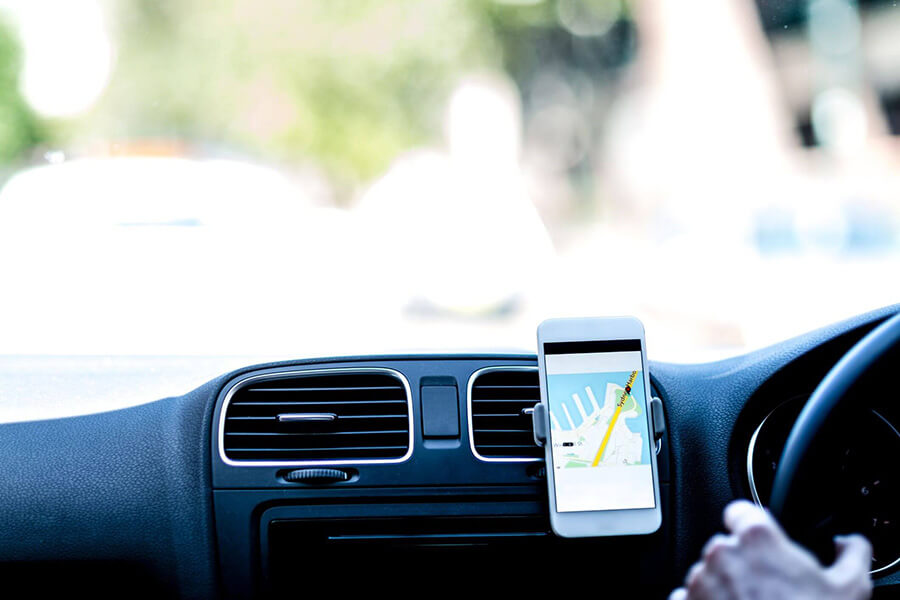What is GST?
GST (Goods & Services Tax) is a 10% tax applied to certain goods and services sold here in Australia. You might not even know that it exists, given that it’s usually already included in the price of what you buy.
As a contracted Uber driver, you are seen as running a business — so you need to know all about GST. Once your business is registered for GST, you then need to account for GST in your gross income from Uber.
Essentially, whenever any customer pays you, 10% of that is technically not yours to keep — it’s GST. So if a customer pays you $10 for a trip to the centre of town, you have to give $1 of that away to the ATO as GST.
However, it’s not all bad news — you can also claim credits back from the ATO for the GST included in the price of purchases you make for your business (such as fuel costs). Let’s run through how this works.
The economy would tank if the private sector suddenly collapsed. To help businesses stay afloat, the ATO allows them to claim back GST credits on any work-related expenses.
These tax-deductible purchases are called allowable expenses.
So, how does it work for Uber drivers?
You need fuel in order to run your business, right? If you didn’t have any fuel, you wouldn’t be able to operate.
Imagine you spent $100 on filling up your tank. Out of that $100 expense, 10% (so $10) would be GST that’s included in the price — after all, fuel falls under the bracket of a good or service that’s sold to consumers.
Given that fuel is a necessary business expense, you can claim back the amount of GST you paid (in the form of tax credits).
So, on one hand, you have the GST that you owe to the ATO. On the other hand, you have the amount of GST that the ATO owes you. How does this work itself out?
When you calculate the GST that you need to pay to the ATO, you take the portion of GST you receive from your Uber income (i.e., from your customers), then deduct the amount of GST you paid out in your various expenses and purchases.
The balance left over will equal the GST that you need to pay to the ATO. So, let’s look at how you can actually go about paying your GST.



















